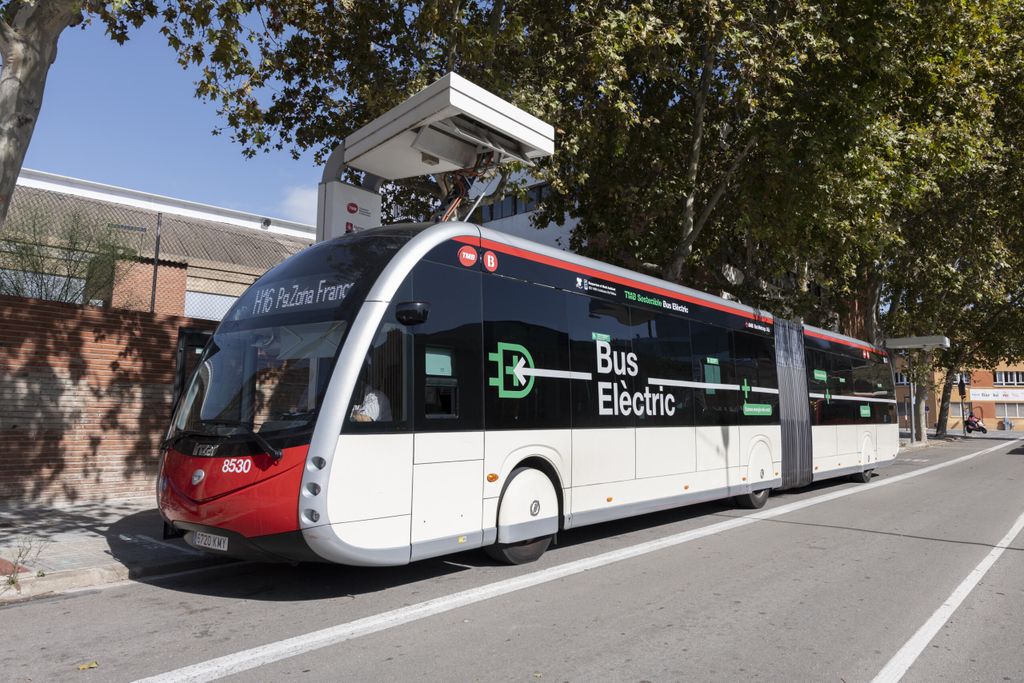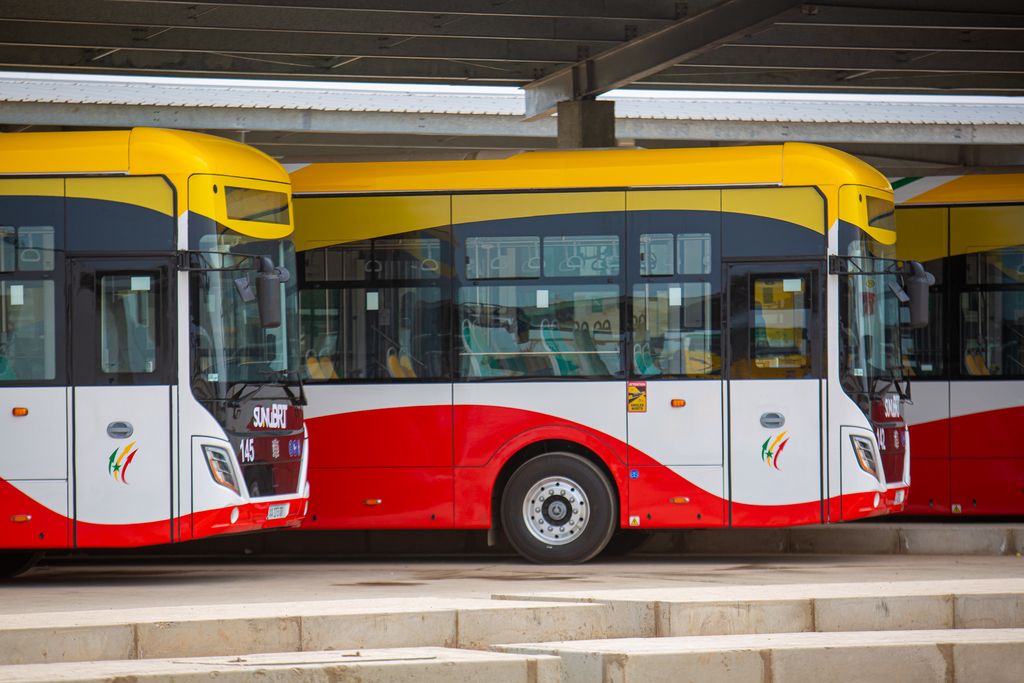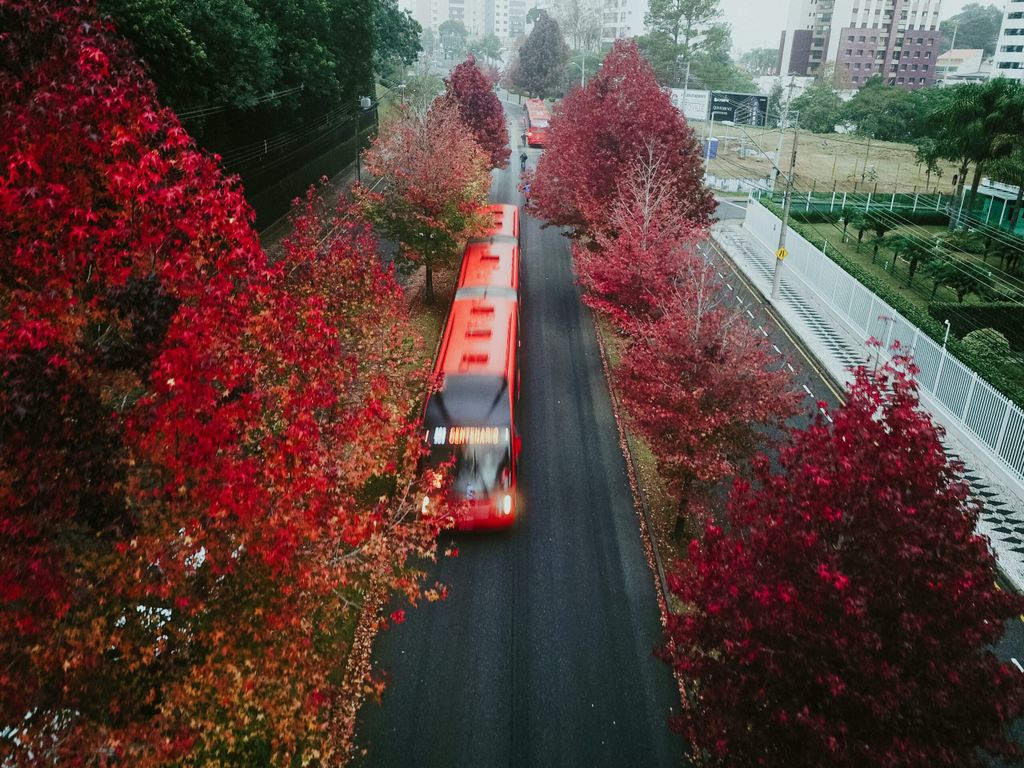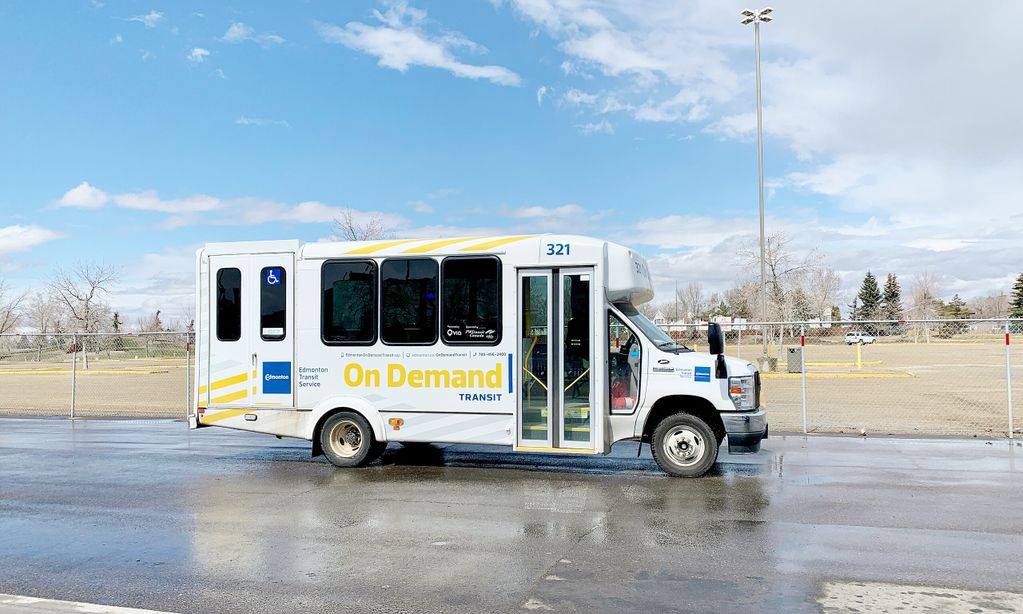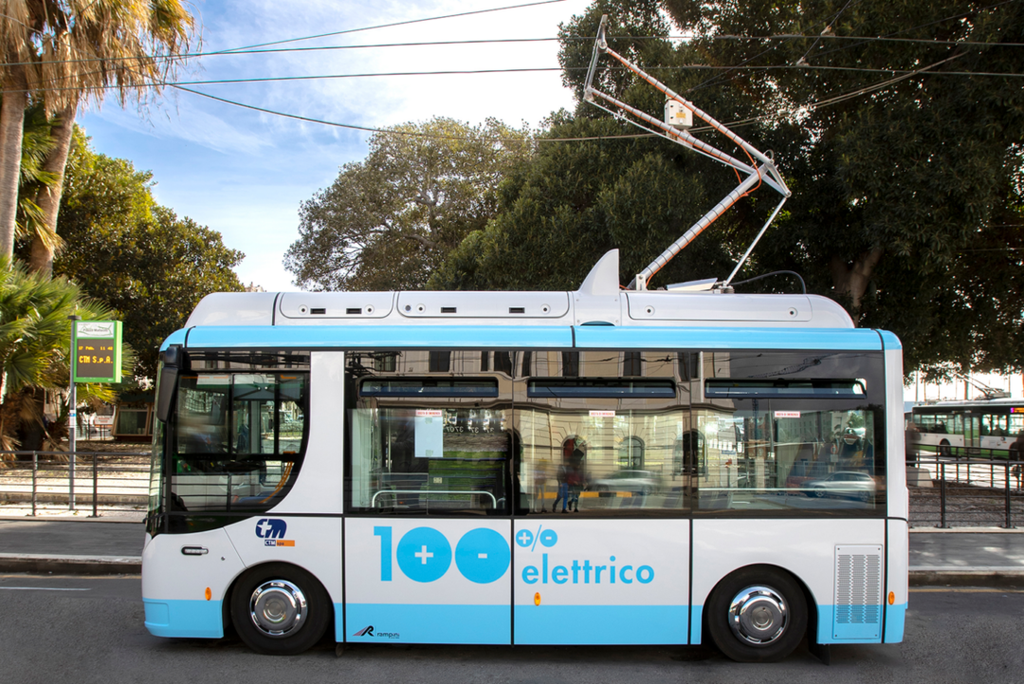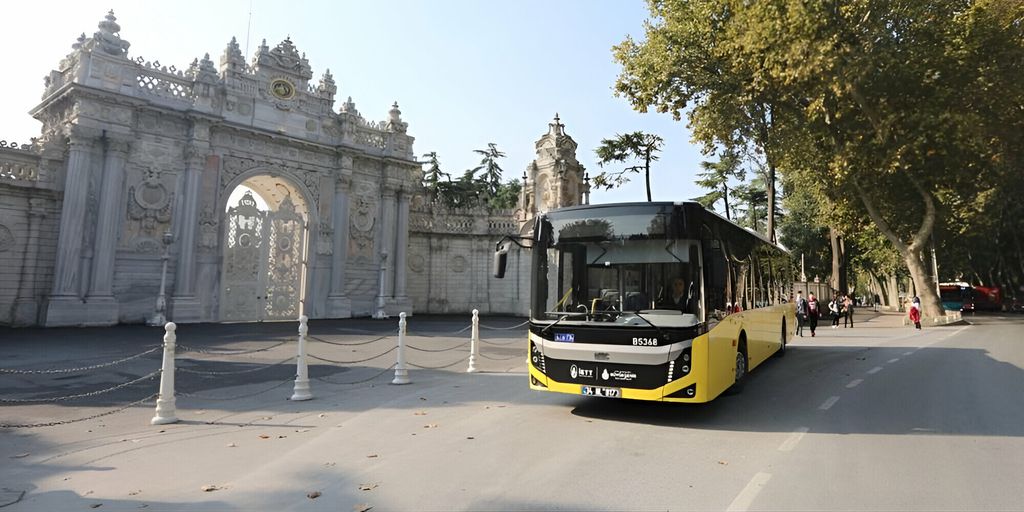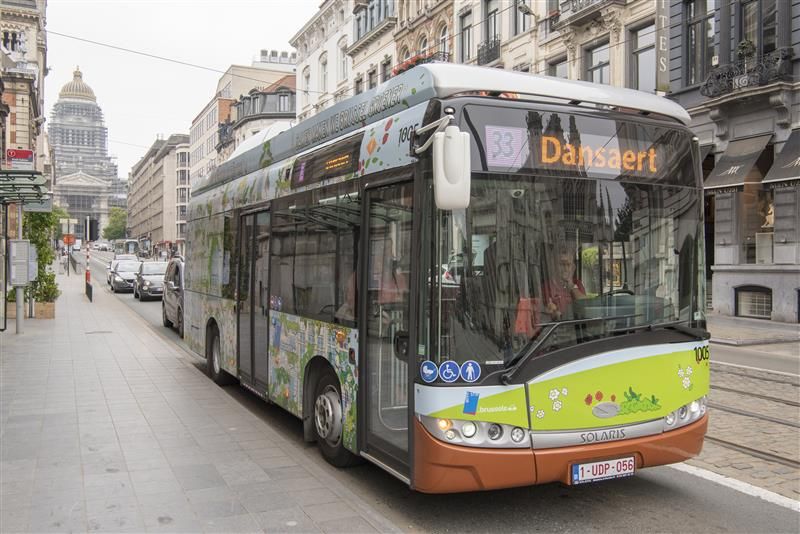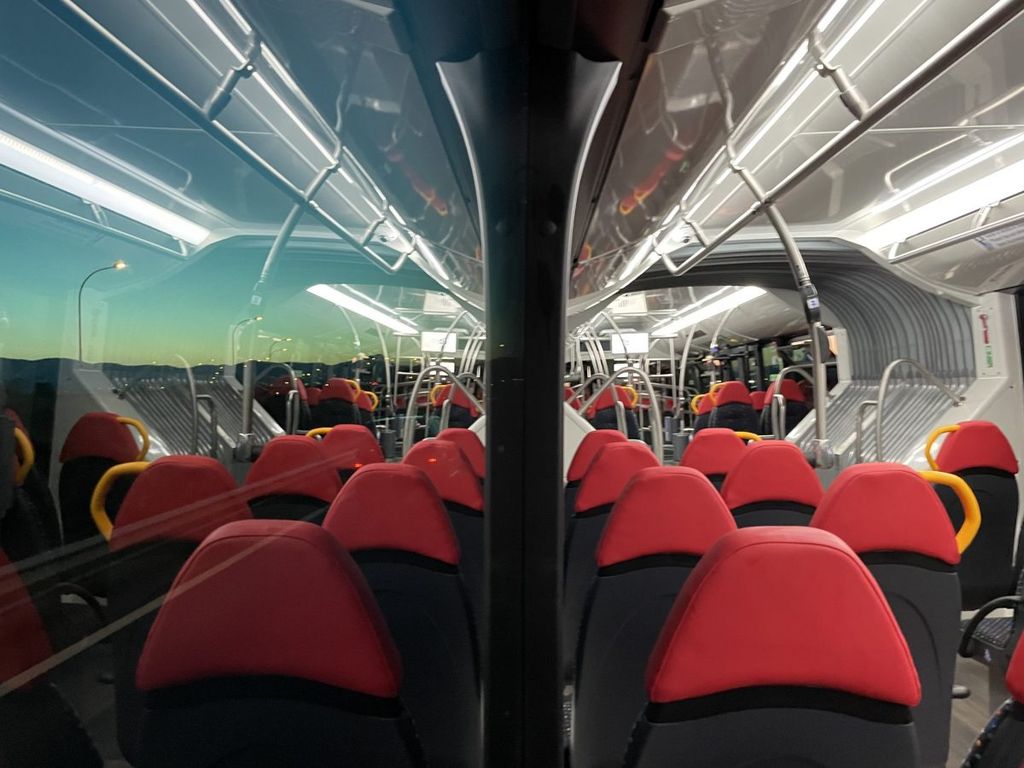
Bus network planning: From the operators' perspective
Public transport planning is a complex and delicate system of infrastructure, vehicles and people
Public transport planning activities are usually unnoticed by riders but have a major impact on achieving high live quality standards in urban areas. Planners are not only in charge of the design of coherent and performant networks but organising a complex and delicate system of infrastructure, vehicles and people to serve customers year-round.
The higher floors of skyscrapers would never be visited without a system of elevators providing efficient vertical mobility. Beyond enabling the existence of the building, this form of collective mobility has a notorious positive impact on properties’ value. Similarly, public transport provides the horizontal transport needed for cities to be sustainable, liveable, prosperous and efficient.
With such responsibility, public transport authorities and operators work very hard to plan the service of today and the networks of the future accompanying the cities in fulfilling citizens’ mobility demands and meeting their carbon emission reduction targets.
Bus operators require outstanding planning to successfully achieve their objectives. Continuously ensuring public transport supply matches customers’ needs and performs with high-efficiency levels are some of the bus operators’ main challenges and activities. Being a more and more professionalized position in public transport operators and authorities, the bus planner role has been taken to a next level, as the use of innovative and sophisticated planning tools and technologies allows for delivering richer and more flexible solutions to ever-evolving mobility needs.
our members


